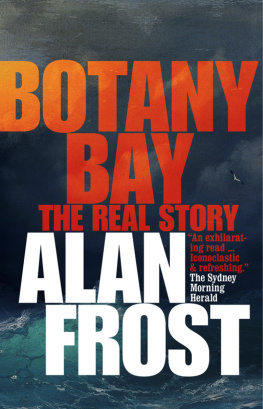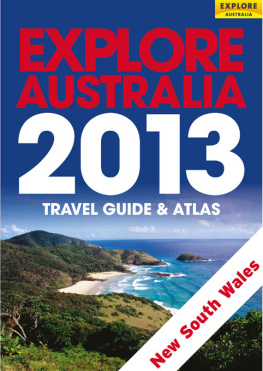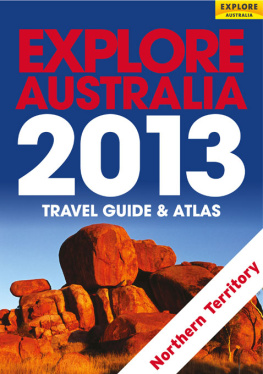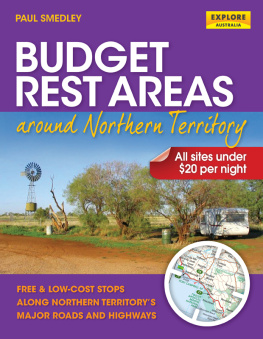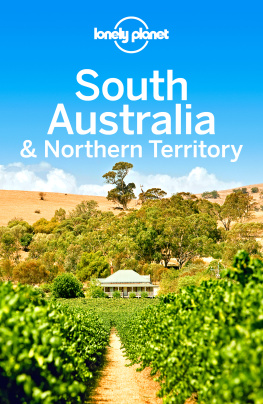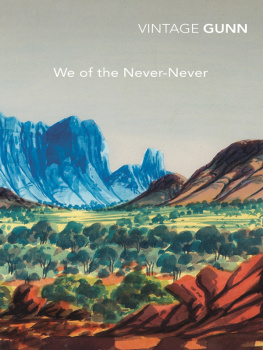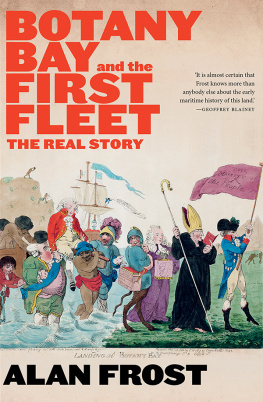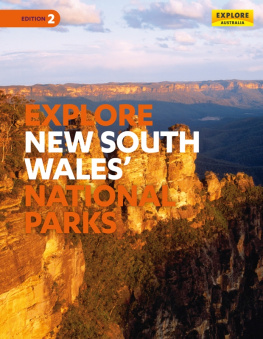First published 1982
Second edition 1988
Third edition 1996
Printed in Malaysia by
SRM Production Services Sdn Bhd for
Melbourne University Press, Carlton, Victoria 3053
This book is copyright. Apart from any fair dealing for the purposes of private study, research, criticism or review, as permitted under the Copyright Act, no part may be reproduced by any process without written permission. Enquiries should be made to the publisher.
Alan Walter Powell 1982, 1988, 1996
National Library of Australia Cataloguing-in-Publication entry
Powell, Alan, 1936
Far country: a short history of the Northern Territory.
New ed.
Bibliography.
Includes index.
ISBN 0 522 84689 0.
1. Northern TerritoryHistory. I. Title.
994.29
Prefatory Note to the Second Edition
Six years after the appearance of the first edition, more is known of the Northern Territorys pastyet, in a short history such as this book, not enough more to materially alter its outline. Apart from small corrections, revision of the text is confined to those trends outlined in the last chapter which may benefit from being brought up to date. The Territory is still the Territory.
Preface
Many people have made possible the writing of this book. The Northern Territory government provided the History Award which gave me the opportunity to write; and no restrictions were placed on what I wrote. For critical and kindly comment upon drafts of the work I am greatly indebted to Professor Russel Ward; to my colleagues Ann McGrath and Frank Alcorta; to Harry Giese and Helen Wilson of the Northern Territory Governments History Unit; to those of valued interest and knowledge, Tony Austin, Nan Giese, Richard Wilson and Jack Ellis.
Timely help and advice came from Dr Campbell Macknight on the Macassan visitors to Arnhem Land, from Mark de Graaf and Ted Milliken on aspects of Aboriginal life, from Peter Spillett on the British settlements in north Australia, from Mrs Jean Austin on her father, Dr J. A. Gilruth, from Colonel Jack Haydon and Mr Marsden Hordern on aspects of World War II, from Dr Alistair Heatley and Dr Peter Loveday on Northern Territory politics. If I have not always paid sufficient heed, the fault is mine. Without the help of these people and others nameless here the book would have been very much the poorer.
To research students whom I do not know and whose theses lie, for the most part, unpublished in university libraries, this book owes much of its very core, as it does to the few academics who have researched and written on the history of the Northern Territory.
Librarians whose knowledge and superb service lightened my task included Bill Fogarty of the Australian War Memorial, Colleen Pyne of the North Australia Research Unit, Australian National University, Sarah Braunstein and Elizabeth Estbergs of the Learning Resources Centre, Darwin Community College. Others of the College staff gave expert, indispensable aid: Penny Steele in cartography; Debbie Kroon in photographic reproduction. I do not know how I could have prepared the drafts without the magnificent organizational ability and secretarial service provided by Elizabeth Hurford. Lastly, my wife Wendy bore all the inconvenience with her usual sang-froid and gave invaluable and long continued assistance with the whole exercise.
Problems posed by distance and area measurement have been tackled as follows in this book:
Metric measurement as used, broadly, for contemporary comment, except for measurement of distances over the seas, which remain in this workas they do in factin sea miles (knots). All other measurements remain in Imperial form, as in the original sources.
Aboriginal tribal names have been spelt by Europeans in many different ways. This book follows the forms used in N. B. Tindales Aboriginal Tribes of Australia except for occasional examples of a widely-recognized, different form.
The Northern Territory has a long and colourful historyand one of many threads, some linking the north to the rest of Australia, others peculiarly its own. In such a short work as this, it is not possible to do more than touch lightly on a variety of themes and much of importance must be left unsaid. The select bibliography provided for each chapter will give some guide to further reading. I hope that, in selecting and interpreting the historical evidence which appears in this book, I have maintained something of both the colour and the continuity of human endeavour in the Northern Territory.
The Land and Those who belonged to it
Long before the nation-states of Europe existed the first Australians had settled their continent and developed their own states, hundreds of them, based on economic use of the land. We will never know how permanent their boundaries were in prehistoric times but they were sanctified by tradition before the Europeans came to Australia. The newcomers looked to their own traditions and set out to sweep aside all that had gone before. They carved out colonies to suit themselves, defining their boundaries with arbitrary precision by parallels of latitude and meridians of longitude. The first generations knew little about the continent and the borders they chose were, to a high degree, accidental and illogical. The political and economic problems so created remain to bedevil all Australians, it seems, for evermore. Nowhere have these problems been more apparent than in the Northern Territory. It was the last and least logical of the land divisions imposed by nineteenth-century Britons and British-Australians, a land left over when they had taken what they wanted of Australia.
In 1786 the British government decided that convicts must be sent to New South Wales. What were the boundaries of that colony to be? Sixteen years earlier James Cook had named the land and claimed it for his King; but Dutch sailors had long since cruised the west and north-west coasts of the continent and called it New Holland. They made no formal claim to the land but the British could not be sure of their rights and half a continent seemed sufficient for their purposes. So Captain Arthur Phillips Commission as Governor of New South Wales gave him control of all the land from the latitude of Cape York in the north to the south cape of Tasmania and of all the country inland to the westward as far as the one hundred and thirty-fifth degree of longitude. Thus the earliest western boundary of New South Wales bisected the coast of Arnhem Land near Milingimbi and ran south through unknown range and desert to include within the mother colony one-third of the present Northern Territory.


